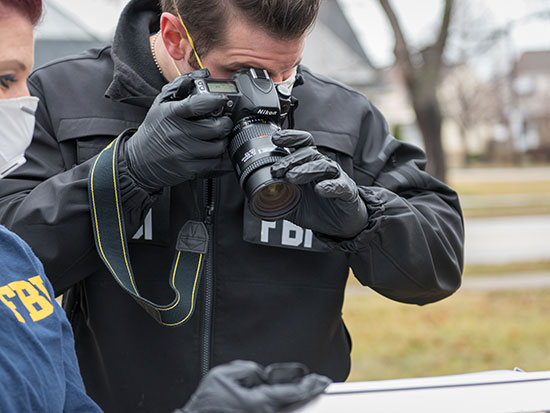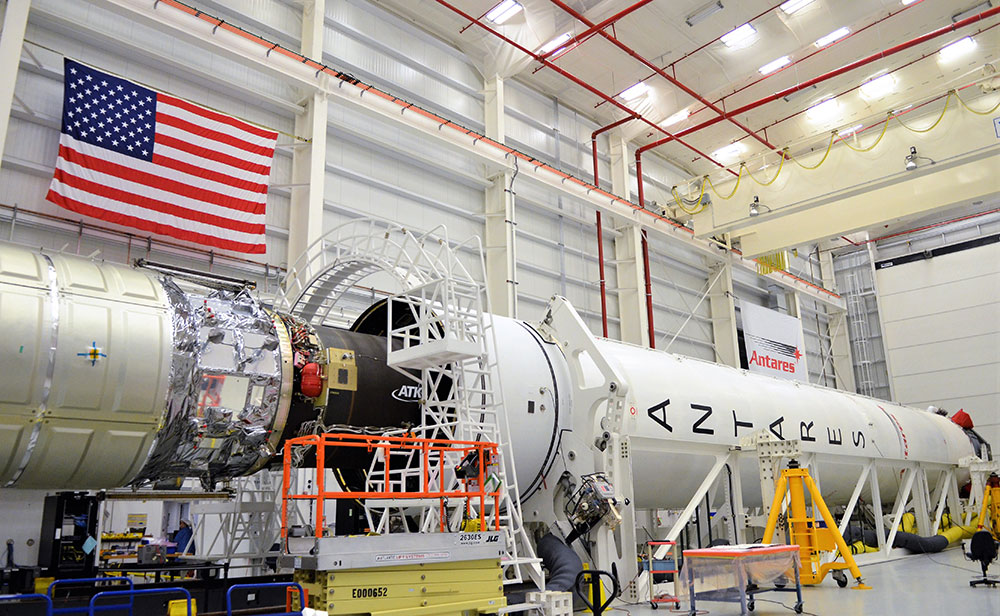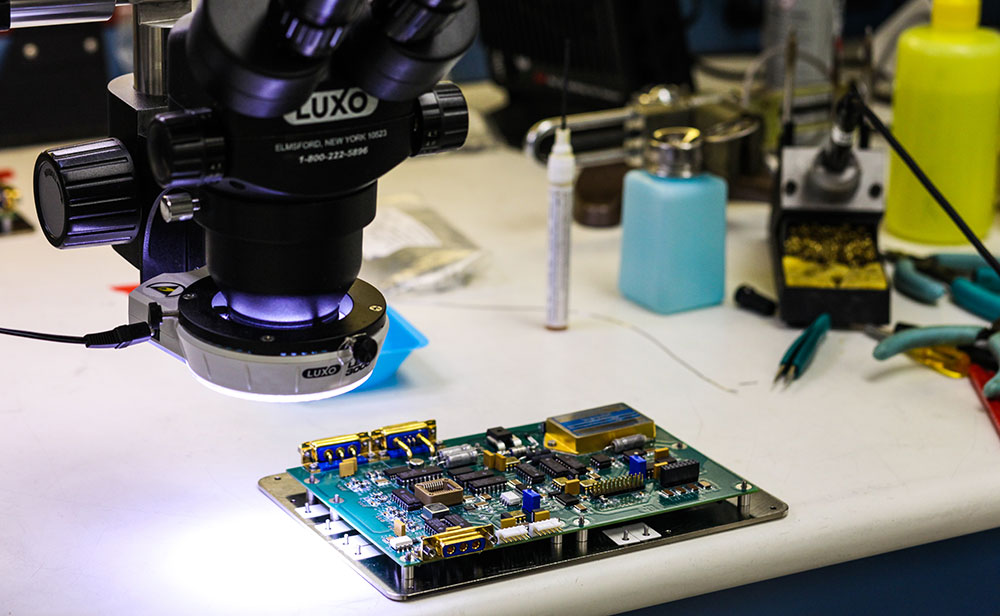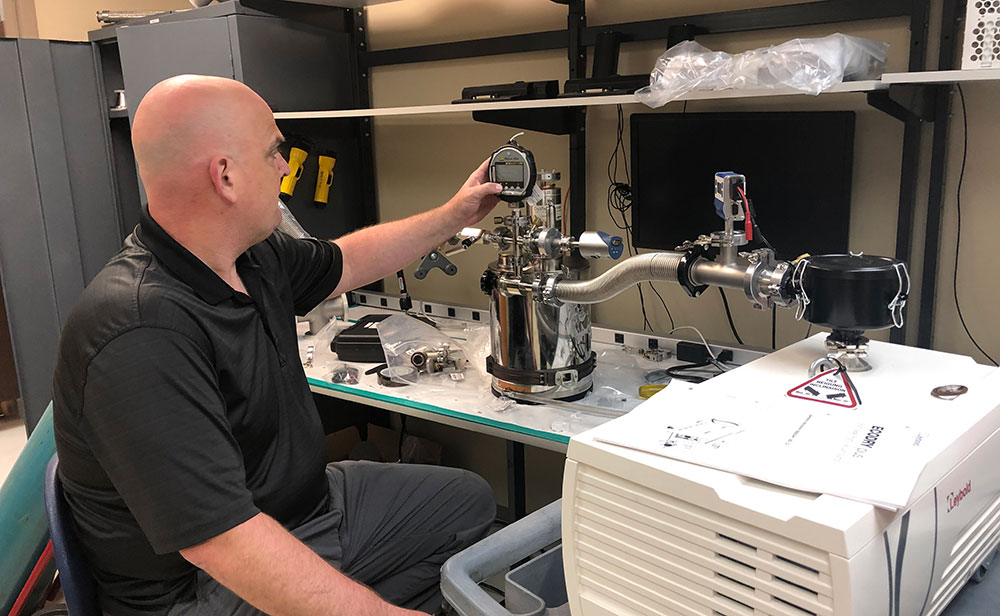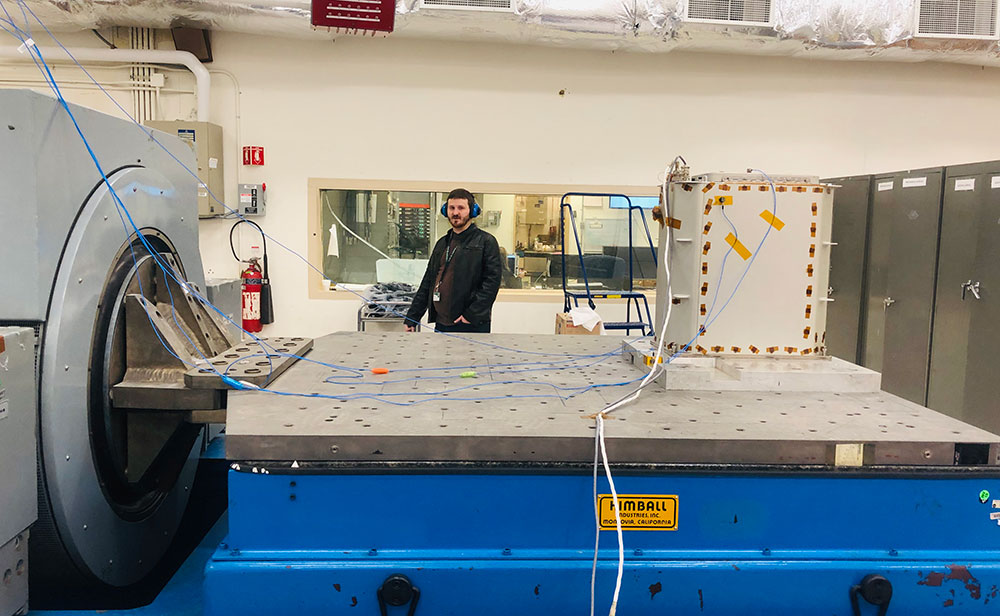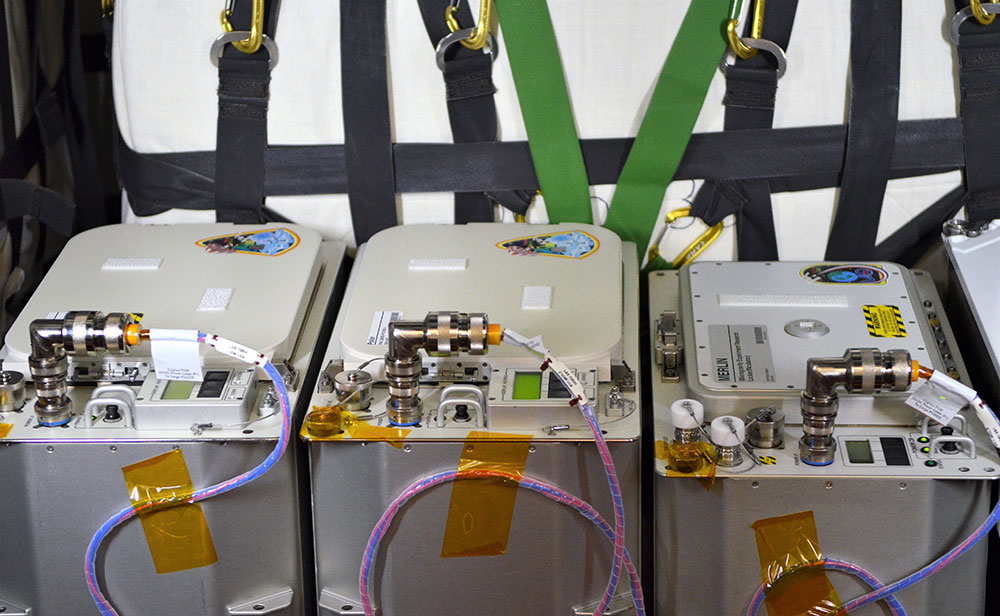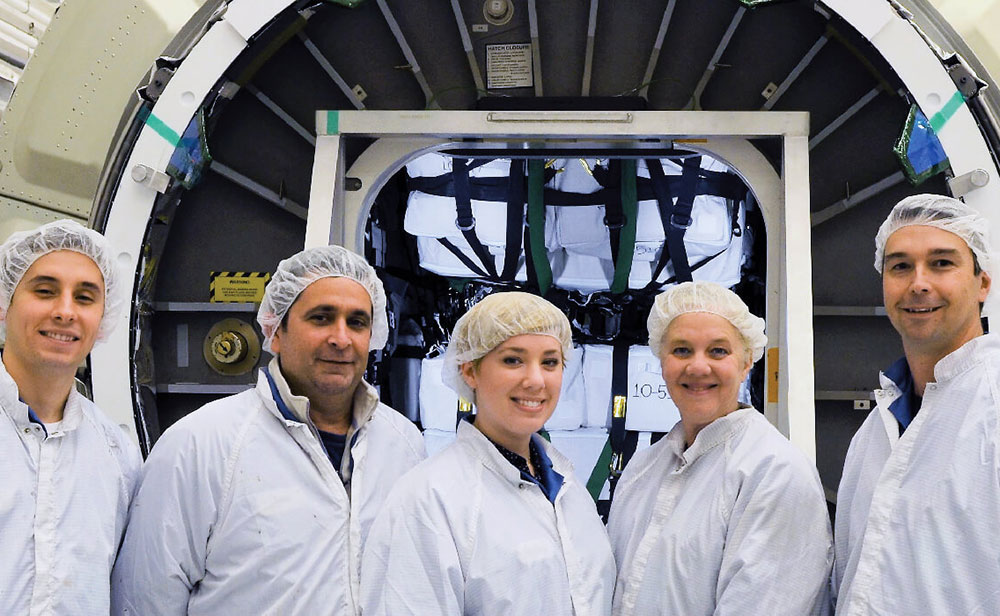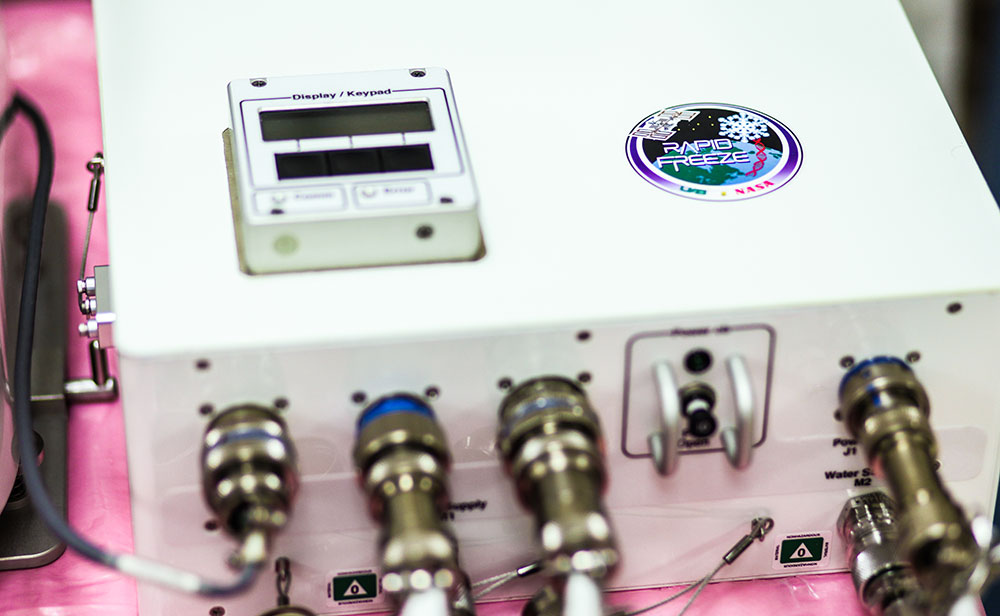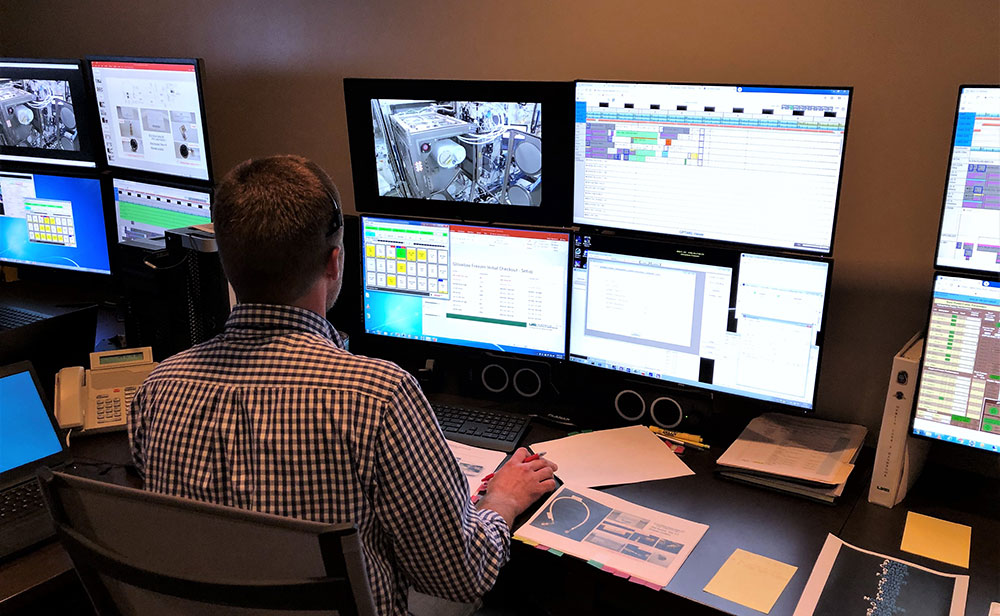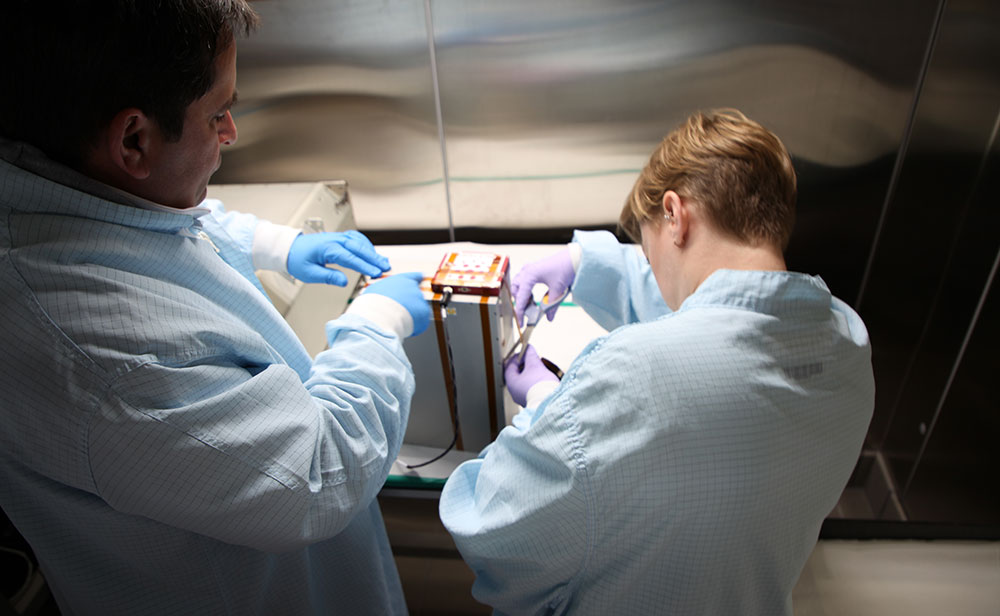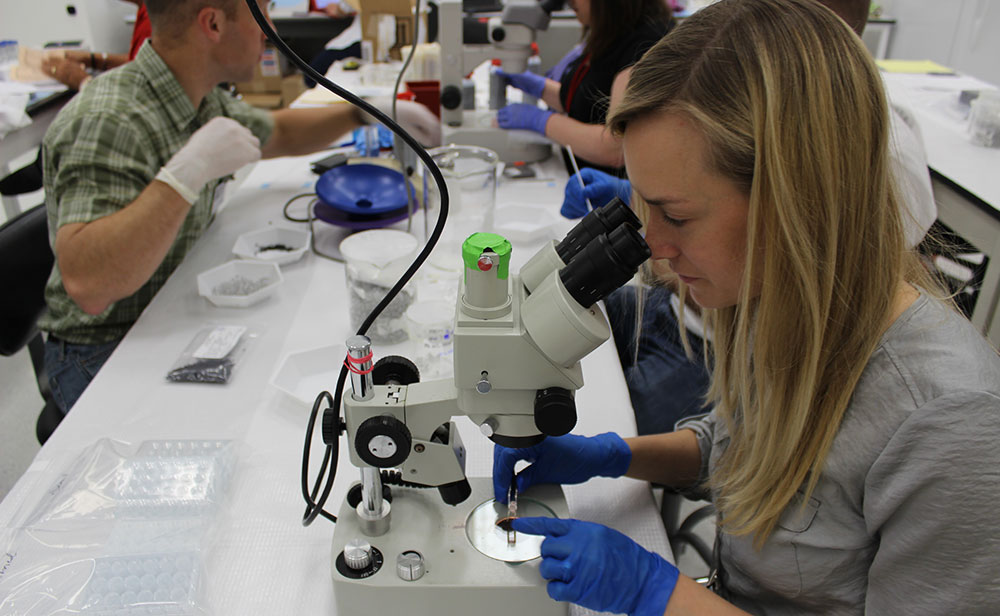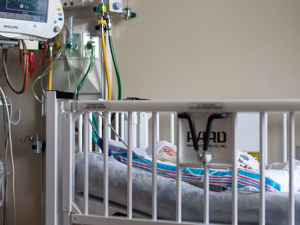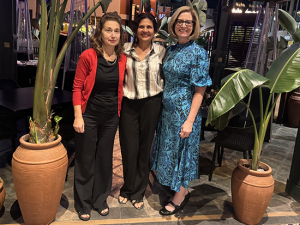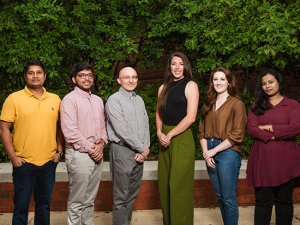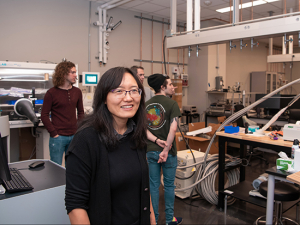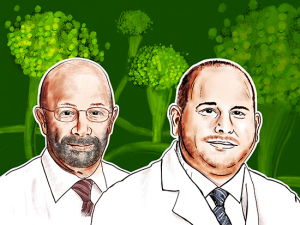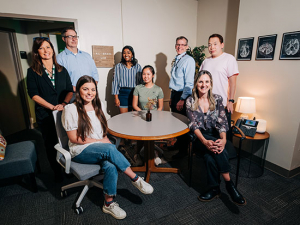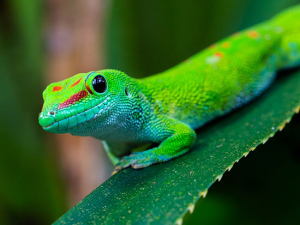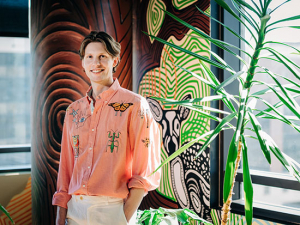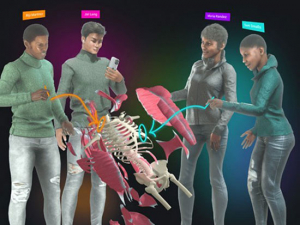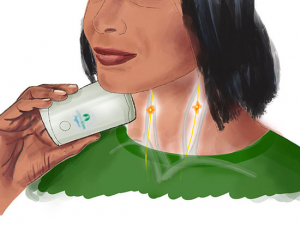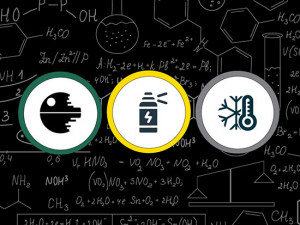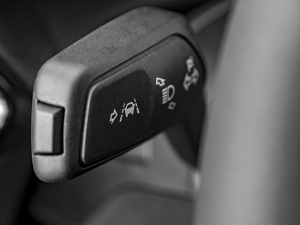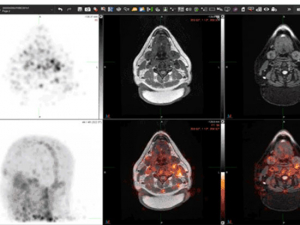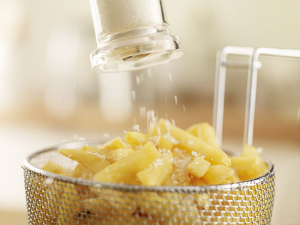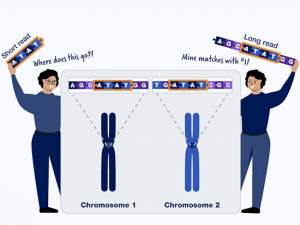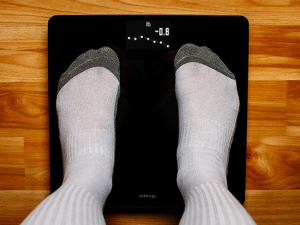In fiscal year 2019, UAB researchers received a record $602 million in grants and contracts, marking a second year of double-digit percentage growth in funding. That productivity has carried into 2020, and you can follow along — every Tuesday, Research Administration releases a list of the grants and contracts awarded the previous week (BlazerID required).
In this new series, we’re spotlighting new or re-funded projects to offer a window into the groundbreaking, lifesaving work done by our colleagues around campus.
This week, we’re taking a look at the latest round of funding for UAB’s coolest makers: the Engineering and Innovative Technology Development group.
Project title: Cold Stowage Procurement - Task 1
Project lead: Lee Moradi, Ph.D., director, Engineering and Innovative Technology Development group and professor and interim chair, Department of Materials Science and Engineering
Funding: $716,402 from the National Aeronautics & Space Administration, part of a five-year contract not to exceed $50 million
-
Northrup Grumman's Cygnus rocket prepares for a resupply mission to the International Space Station in November 2018. Two UAB Polar cold stowage devices, and one MERLIN, were on board. Photo courtesy EITD.
-
Staff in the UAB Engineering and Innovative Technology Development group design, produce and maintain a range of cold stowage and rapid chill devices as part of a NASA contract capped at $50 million. Photo courtesy EITD.
-
Lance Weise tests a device in the EITD lab at UAB. Photo courtesy EITD.
-
One of EITD's refurbished MERLIN units undergoes testing at the Marshall Space Flight Center in Huntsville. MERLIN is an incubator/freezer with a temperature range of -20 degrees Celsius to +48.5 degrees Celsius. Photo courtesy EITD.
-
Two Polars and a MERLIN secured for the Cygnus launch in November 2018. Photo courtesy EITD.
-
EITD and NASA staff pose with the loaded Cygnus craft. Photo courtesy EITD.
-
One of EITD's newest devices is the Rapid Freeze, which can chill experiments to -190 degrees Celsius. Rapid Freeze can bring samples from 20 degrees Celsius to -60 degrees within one minute and down to -140 degrees within five minutes. With those freeze rates, samples frozen in space will be comparable to ones frozen in Earth-bound experiments. Photo courtesy EITD.
-
A hose and cable schematic for setting up the Rapid Freeze aboard the International Space Station. Photo courtesy EITD.
-
Josh Dunn monitors systems during the first power-up of the Rapid Freeze system in April 2019. Photo courtesy EITD.
-
Dan Connor and Melissa Dooley prepare a MERLIN incubator/freezer for the SpaceX CRS-17 launch at Cape Canaveral, Florida, in May 2018. Photo courtesy EITD.
-
David Cooper (left) and Brittney Macon (right) work at Kennedy Space Center as part of the launch processing for the SpaceX CRS-3 resupply mission in April 2014. Photo courtesy EITD.
Since the mid 2000s, UAB has been the place to be for anyone interested in cold stowage. That is NASA’s term for cooling technologies sent into space and today used principally on the International Space Station. The Engineering and Innovative Technology Development group builds unique devices capable of keeping scientific samples in suspended animation from the launch pad all the way until they return to earth. “As soon as an experiment is done the materials start to degrade,” Moradi said. Often, the astronaut-scientists aboard the ISS “need to freeze the samples they are working with in seconds,” so the EITD team built Rapid Freeze, which can cool samples from room temperature to -60 degrees Celsius in one minute and reach a low of -190 degrees celsius.
EITD's devices don't all reach such extremes. MERLIN, for example, is an incubator/freezer that can cool to -20 degrees Celsius or warm to +48.5 degrees Celsius (see a full list of EITD's devices below). The UAB cold stowage devices also keep astronauts supplied with perishable food and chilled drinks. “We’ve flown everything from plants to bodily fluids to ice cream,” Moradi said.
In its latest five-year contract cycle, NASA doubled EITD’s cap to $50 million, reflecting a growing need for cold stowage on the ISS. The current $716,000-plus award is simply the latest installment in that ongoing partnership, Moradi explained; final billings for this cycle should be in the $40 million range.
Those funds pay for devices that are the absolute state of the art — super-efficient chilling machines that reach minus–80 degrees Celsius while drawing the power of a household light bulb. There are currently around 20 of EITD’s four types of cold stowage devices on the ISS. The EITD team keeps watch on those devices around the clock in a mission control center permanently linked to the space station.
“They have to be lightweight, handle the launch and vibration loads, be very efficient and very quiet,” said Rob Rouleau, associate director of the EITD. “The station is full of hardware that can generate noise and we don’t want to drive the astronauts crazy.” To be sure that doesn’t happen, the EITD team has an anechoic chamber where they carefully measure the decibels produced by their devices. Each part of the complex machines, which are hand-assembled by members of EITD’s 37-person team, must have its provenance traced every step of the way. “Everything is electronic now, but if you printed it out the documentation on any one of these it would be several feet thick,” Moradi said.
The team’s latest project is Iceberg, a large-capacity freezer designed to run indefinitely on the space station. EITD refinements allowed them to deliver NASA their largest storage capacity at a lower cost. The team also is now turning its attention to NASA’s planned Artemis manned mission to the Moon and beyond.
“We are hybrid engineers and scientists,” Moradi explained. “We are advancing technology, but we have to stick to a strict schedule. These flights won’t wait.”
EITD's Brandon Smith explains the Rapid Freeze system in this UAB News video.
Read the next article in this series
